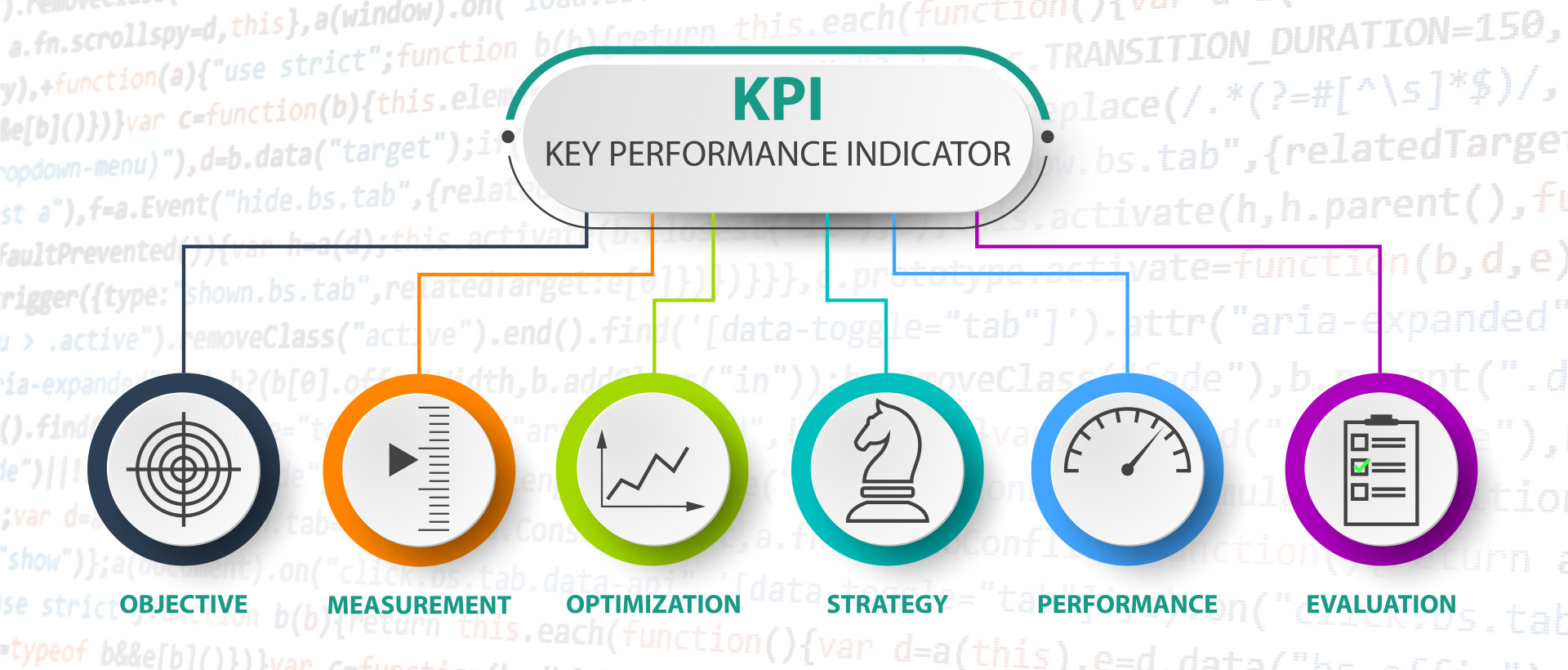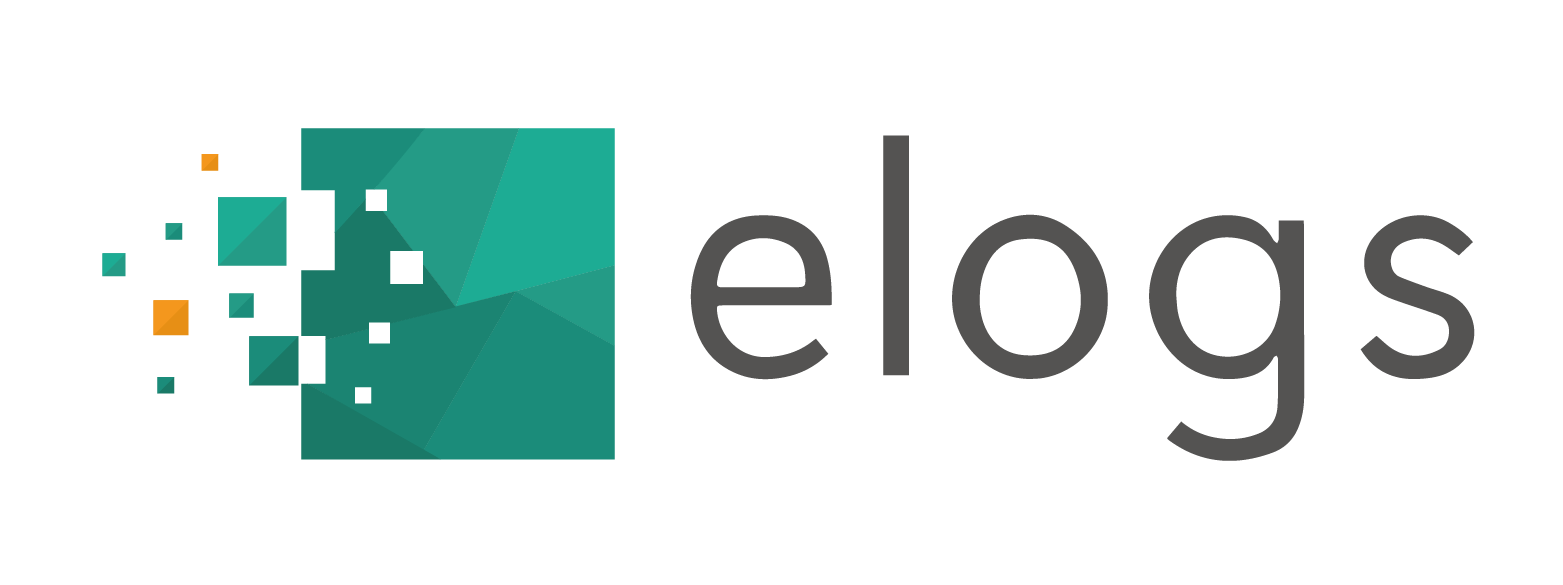How to Track KPIs in Education using CAFM

KPIs in Education
In today’s workplace, Key Performance Indicators (KPIs) are an essential part of any business strategy. In the UK education sector, KPIs can help to ensure that contractors and suppliers are meeting their contractual obligations and delivering services in line with the requirements of the educational institution.
We all understand that KPI management involves the identification of the key metrics that are relevant to the delivery of services by contractors and suppliers, covering such metrics as response times, resolution rates, and customer satisfaction levels. What may not be as well known is that these KPIs can be effectively tracked and monitored using a Computer-Aided Facilities Management (CAFM) system which helps quickly identify issues within the supply chain.
CAFM systems are widely used in the UK education sector to manage properties and the diverse services provided by contractors and suppliers. These systems provide a centralised platform for managing and tracking service requests, work orders, and maintenance activities. CAFM systems can also be used to generate reports and personalised dashboards that provide insight into the performance of contractors and suppliers against the chosen key performance indicators.
To effectively manage KPIs for contractors and suppliers using a CAFM system, it is important to establish clear performance targets and expectations. This involves defining the KPIs that will be used to measure performance, setting targets for each KPI, and clearly communicating these targets to contractors and suppliers.
Once targets have been established, the CAFM can then be used to monitor performance. This involves regularly reviewing performance data, identifying areas where performance is falling short of targets, and taking action to address these issues.
CAFM systems can even be configured to send automated alerts when performance falls below predefined thresholds, allowing for timely intervention to prevent issues from escalating, benefiting the service provider, facilities manager and the property tenant.
In addition to monitoring performance against KPIs, CAFM systems can also be used to conduct regular performance reviews with contractors and suppliers. These reviews provide an opportunity for conversation and allow for discussion of performance against KPIs, to identify areas for improvement, and develop action plans to address any issues. Performance reviews can also be used to identify opportunities for contractors and suppliers to add value or improve efficiency in the delivery of services.
Effective KPI management using a CAFM can help to ensure that contractors and suppliers are delivering services in line with the requirements of the educational institution. By using the methods we have discussed, tracking performance against KPIs and conducting regular performance reviews, educational institutions can identify areas for improvement and take action to address any issues. This can lead to improved service delivery, increased customer satisfaction, and reduced costs.
I would conclude by saying that KPI management using a CAFM is an essential part of effective contractor and supplier management in the UK education sector. By establishing clear performance targets, monitoring performance against these targets, and conducting regular performance reviews, educational institutions can ensure that contractors and suppliers are delivering services in line with expectations. This can lead to improved service delivery, increased customer satisfaction, and reduced costs.
